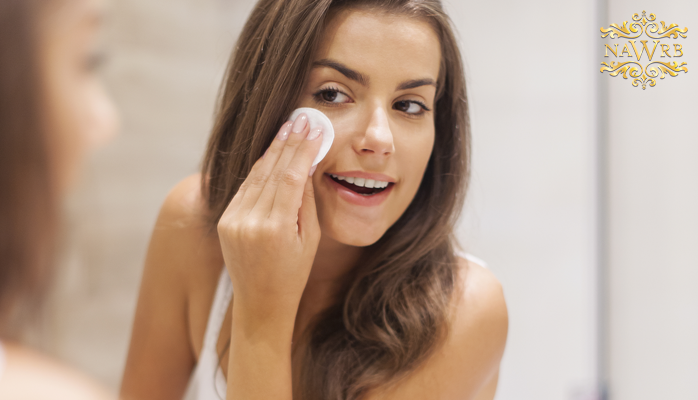As many dermatologists will agree, the secret to having healthy, glowing skin when you’re older is to adopt preventative measures when you’re young: slathering on sunscreen, wearing wide-brimmed hats, and avoiding the sun at peak hours.
But what about those sun-kissed days of your youth? You know, the days spent enjoying concerts at sun-drenched outdoor amphitheaters and those afternoons spent at the beach, hastily tip-toeing on the hot sand until you reached the refreshing ocean water.
You can’t take back those days nor would you want to. Fortunately, it is never too late to take care of your skin! Let today be your fresh start.
A quick glance down a skin care aisle at your local drugstore will reveal rows and rows of miscellaneous skin care products. Do you want an exfoliating scrub made with ground up walnut shells? How about that glossy tube of face cream with red algae extract staring you down?
Don’t panic. Although we can’t tell you which definitive product is ideal for your own individual skin type, we can tell you which products to avoid so you can have healthy skin. In particular, there are ingredients that are in countless skin care products that can actually cause damage to not only your skin but the environment.
Triclosan
Whether in the form of colorful micro-beads or as an integrated ingredient, the safety of triclosan has been a subject of much debate. Triclosan is used for its antibacterial qualities making it a common ingredient in hand soaps and face washes. The consistent use of products containing triclosan may contribute to the creation of antibiotic-resistant bacteria. Some studies have shown triclosan to be a skin irritant as well. However, the FDA has not obtained sufficient evidence to alter the consumer use of triclosan.
In terms of the environment, aquatic ecologists have found the antibacterial ingredient to cause disruptions to the ecosystems in rivers and streams, “changing the native bacterial communities,” according to a paper published in Environmental Science and Technology. Rivers and streams commonly come into contact with the antibacterial ingredient through the domestic use of triclosan-laden face washes and soaps that drain down our household pipes.
Sodium lauryl sulfate and sodium laureth sulfate
Those two ingredients are quite the mouthful! Scan through your product’s ingredient list to make sure these two items are not listed. They also can be found by the abbreviations of SLS and SLES. In fact, scan the ingredients of your shampoos, conditioners, and makeup products. SLS and SLES are incredibly common as they produce the rich, foaming lather many of us are used to in our hair and facial products. Ironically, these items can irritate your skin and eyes.
In regards to SLS, it can sometimes form a carcinogen if it comes into contact with other chemicals. Why risk it?
Parabens
Have you ever opened a tube of mascara or face wash only to smell something ‘off’? This smell is often due to the growth of fungus and bacteria after repeated use. Parabens help to prevent this by staving off the growth; essentially, they are preservatives. However, parabens can mimic the activity of estrogen. According to the FDA, “…estrogenic activity in the body is associated with certain forms of breast cancer.”
Although parabens have been found in tumor samples, there is no conclusive evidence that it necessarily caused the cancer. Regardless, studies are still being conducted on the effects of paraben use. Why possibly jeopardize your health? Ditch the parabens and opt for a different skin care product to not only give you peace of mind but healthy skin.

 Login
Login

